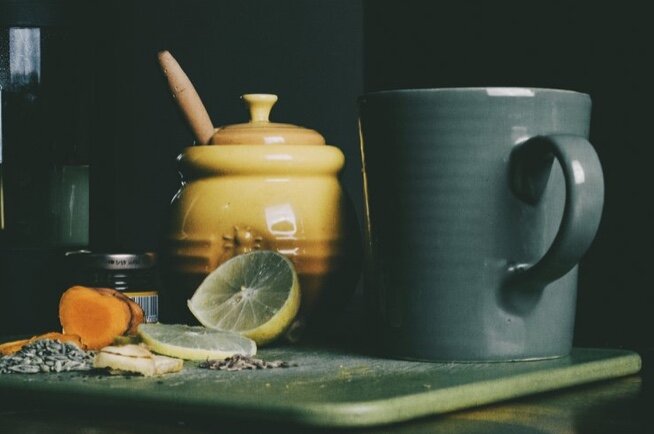Sometimes what stands in our way of moving forward is not knowing where to start. That's when it's time to take a "helicopter view" of your life, so that you can bring things back into balance.
This is where the Wheel of Life (or Life Wheel) can help. Commonly used by professional life coaches, it helps you consider each area of your life in turn and assess what's off balance. As such, it helps you to identify areas that need more attention.
How to Fill Out The Life Balance Wheel
When we score our satisfaction levels against each of the wheel categories, it gives us a great helicopter view of what is - and isn't - working for us in life. We rate our satisfaction with each category on the wheel by simply drawing a line. Then by rating the different segments for satisfaction, we will clearly see which areas of our life need attention.
Once completed the wheel will likely look 'bumpy'. We may then choose to set goals or create an action plan around the areas of life where satisfaction is low. You can use this tool regularly to check in and you will clearly see how you are progressing. You can then see your live becoming more balanced.
1. Brainstorm Life Areas
Start by brainstorming the six to eight dimensions of your life that are important for you. Different approaches to this are:
The roles you play in life, for example: husband/wife, father/mother, manager, colleague, team member, sports player, community leader, or friend.
Areas of life that are important to you, for example: artistic expression, positive attitude, career, education, family, friends, financial freedom, physical challenge, pleasure, or public service.
Your own combination of these (or different) things, reflecting the things that are your priorities in life.
Or you can use the ones provided on this Wheel of Life example.
2. Write These Down on the Wheel
Write down these dimensions on the diagram, one on each spoke of the life wheel.
3. Assess Each Area
This approach assumes that you will be happy and fulfilled if you can find the right balance of attention for each of these dimensions. And different areas of your life will need different levels of attention at different times. So the next step is to assess the amount of attention you're currently devoting to each area.
Consider each dimension in turn, and on a scale of 0 (low) – to 10 (high), write down the amount of attention you're devoting to that area of your life. Mark each score on the appropriate spoke of your Life Wheel.
4. Join up the Marks
Now join up the marks around the circle. Does your life wheel look and feel balanced?
5. Think About Your Ideal Level
Next it's time to consider your ideal level in each area of your life. A balanced life does not mean getting 5 in each life area: some areas need more attention and focus than others at any time. And inevitably you will need to make choices and compromises, as your time and energy are not in unlimited supply!
So the question is, what would the ideal level of attention be for you in each life area?
Plot the "ideal" scores around your life wheel too, perhaps in a different colour.
6. Take Action
Now you have a visual representation of your current life balance and your ideal life balance. Where are the gaps? These are the areas of your life that need attention.
And remember that gaps can go both ways. There are almost certainly areas that are not getting as much attention as you'd like. However, there may also be areas where you're putting in more effort than you'd ideally like. These areas are sapping energy and enthusiasm that may better be directed elsewhere.
Once you have identified the areas that need attention, it's time to plan the actions needed to work on regaining balance. Starting with the neglected areas, what things do you need to start doing to regain balance? In the areas that currently sap your energy and time, what can you stop doing or reprioritize or delegate to someone else?































